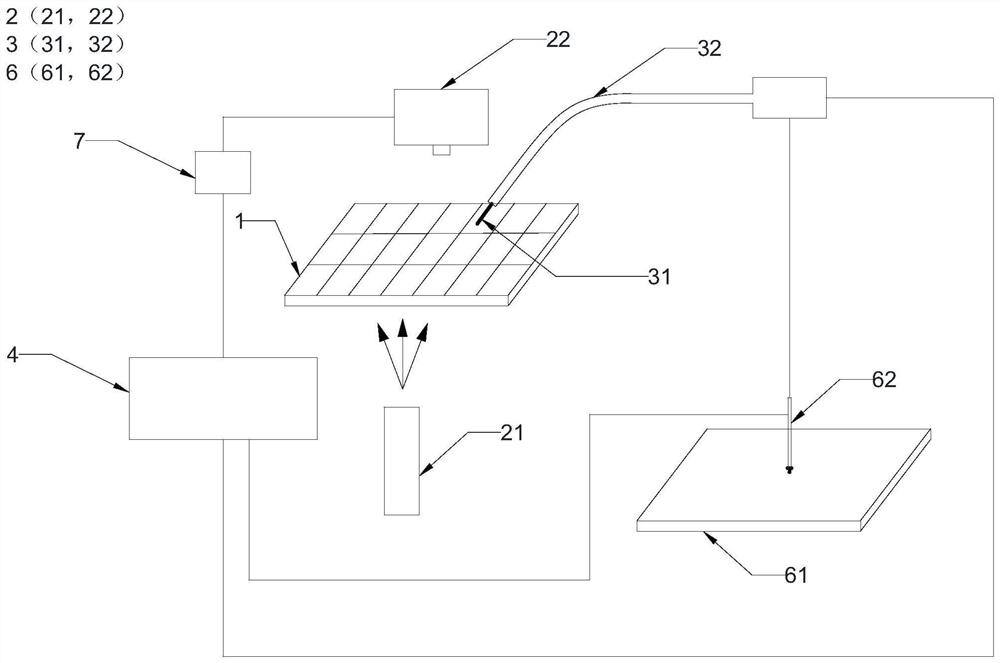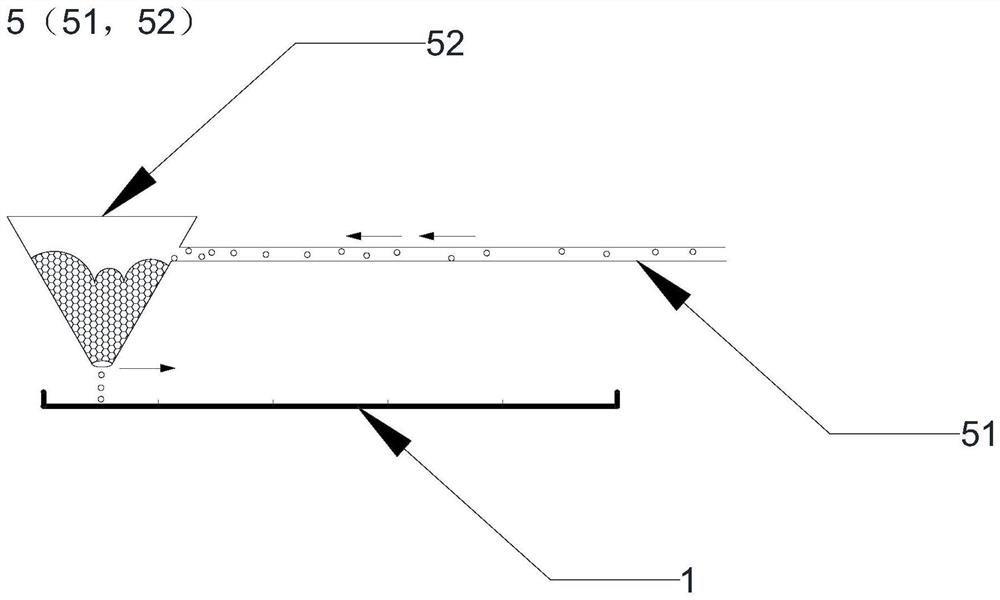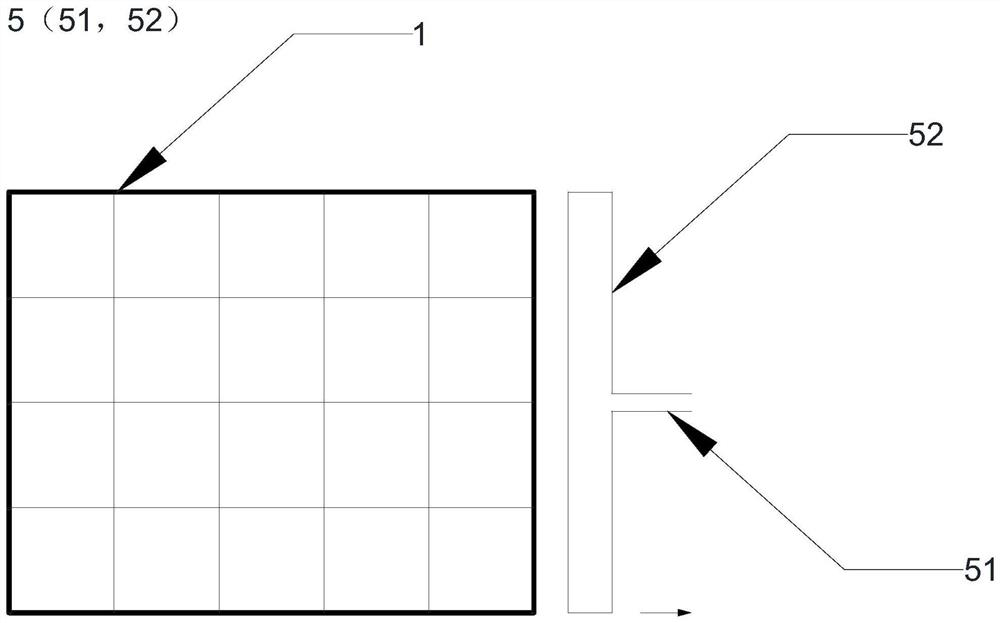Single cell capturing system based on image analysis
An image analysis and single-cell technology, applied in the field of biomedical engineering, can solve the problems of sample preference loss of sample information, loss of sample information, low efficiency, etc.
- Summary
- Abstract
- Description
- Claims
- Application Information
AI Technical Summary
Problems solved by technology
Method used
Image
Examples
Embodiment 1
[0049] This Example 1 provides a single cell capture system based on image analysis, such as figure 1 As shown, it includes a liquid storage unit 1, an optical imaging unit 2, an image analysis unit 7, a sampling unit 3 and a control unit 4 respectively connected to the sampling unit 3 and the image analysis unit 7;
[0050] The optical imaging unit 2 is used to acquire image information in the liquid storage unit 1, and includes a light source 21 and an image acquisition element 22;
[0051] The sampling unit 3 includes a connected sampling pipe 31 and a sampling pipe 32; the sampling pipe 31 sucks the target from the liquid storage unit 1, and transfers the target through the connected sampling pipe 32;
[0052] The image analysis unit 7 is connected with the image acquisition element 22 to receive and output image information;
[0053] The control unit 4 includes a first displacement control module for controlling the sampling tip 31; the first displacement control module ...
PUM
 Login to View More
Login to View More Abstract
Description
Claims
Application Information
 Login to View More
Login to View More - R&D
- Intellectual Property
- Life Sciences
- Materials
- Tech Scout
- Unparalleled Data Quality
- Higher Quality Content
- 60% Fewer Hallucinations
Browse by: Latest US Patents, China's latest patents, Technical Efficacy Thesaurus, Application Domain, Technology Topic, Popular Technical Reports.
© 2025 PatSnap. All rights reserved.Legal|Privacy policy|Modern Slavery Act Transparency Statement|Sitemap|About US| Contact US: help@patsnap.com



